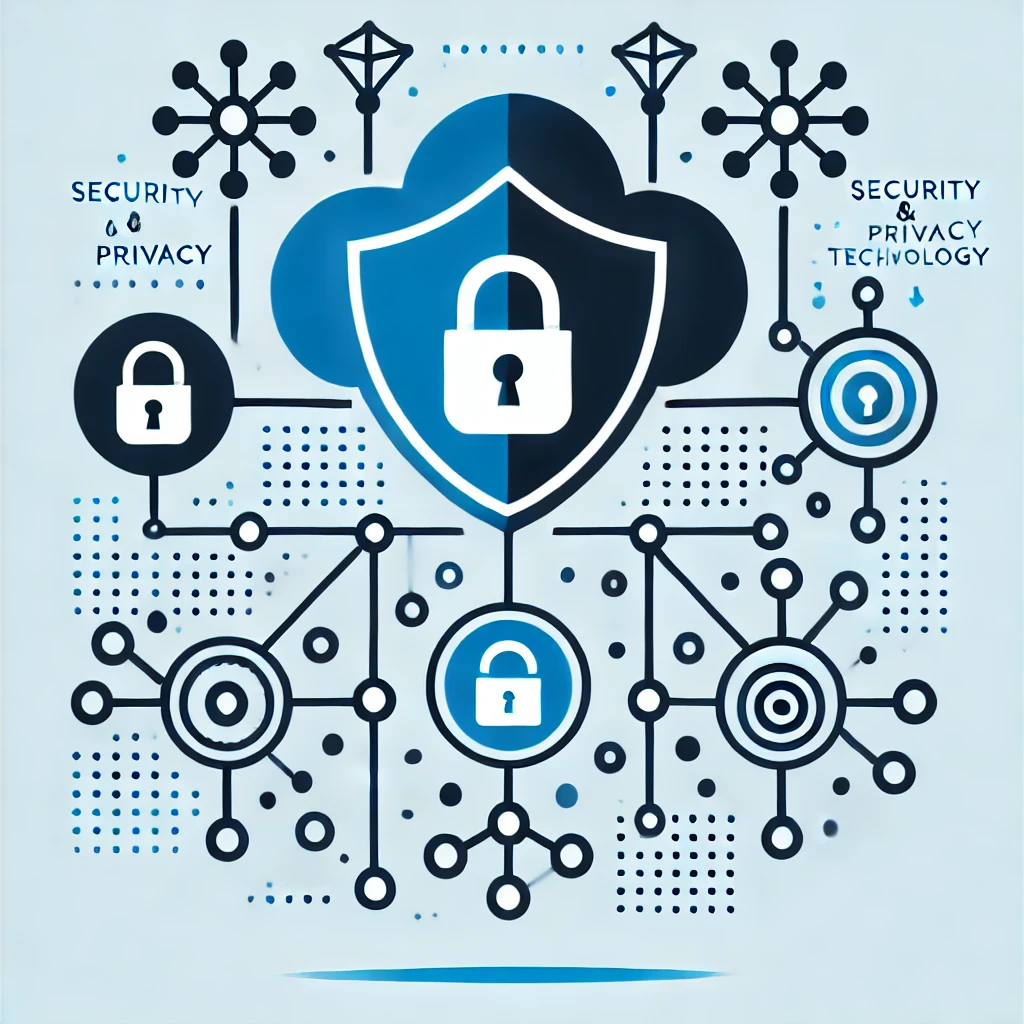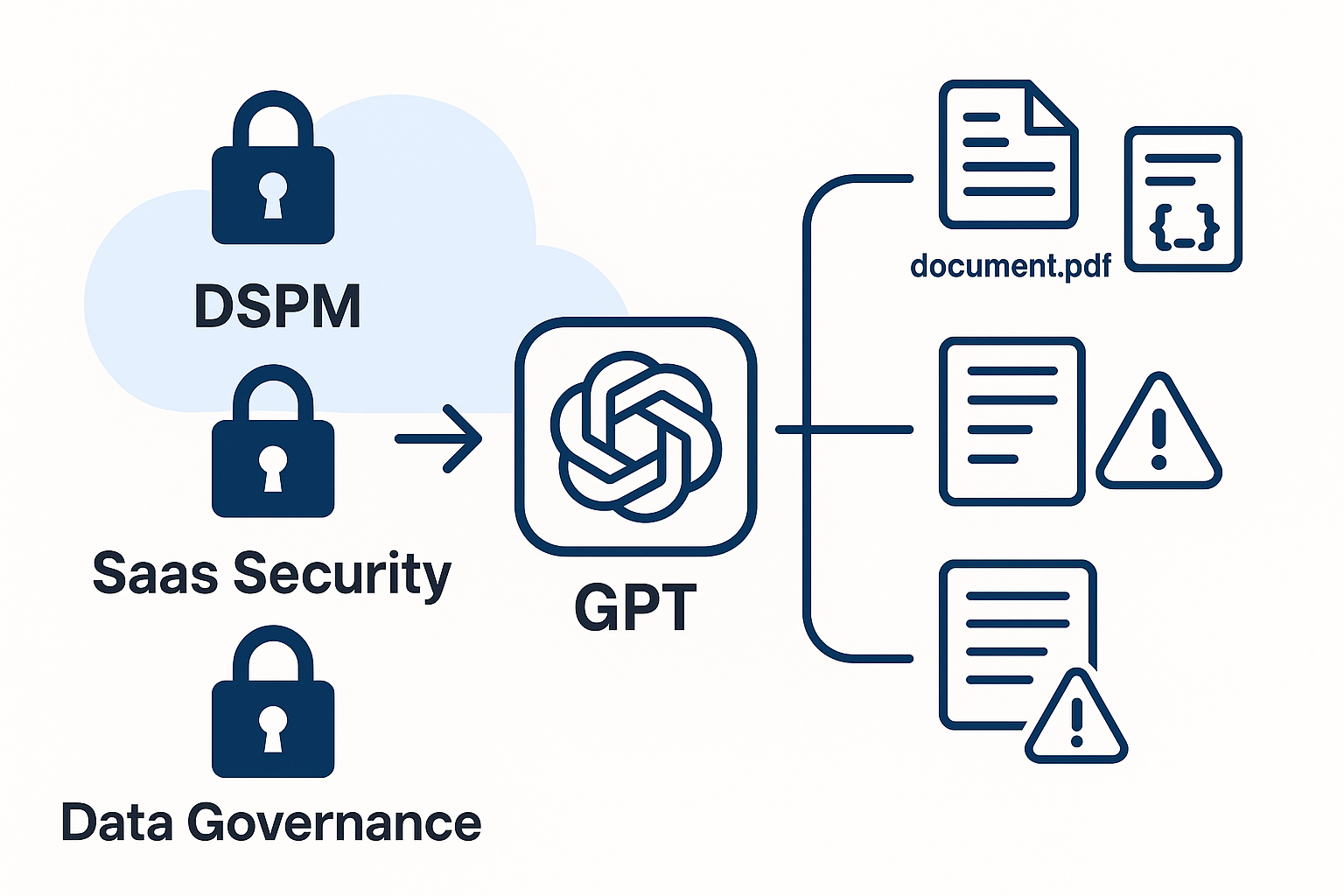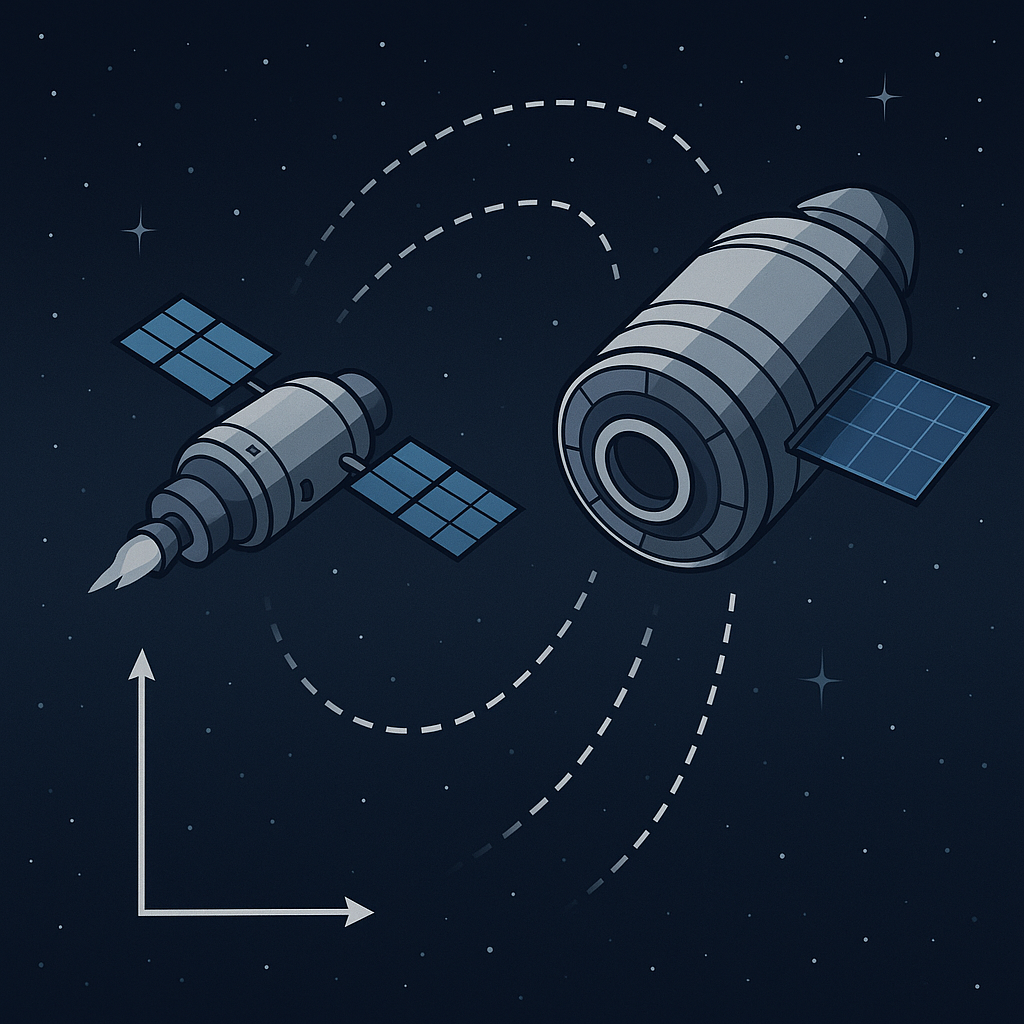· Shane Trimbur · Case Studies
Technical Case Study: Modernizing IAM Infrastructure for a Global Defense and Coordination Network
How modern IAM architecture can transform security operations while delivering significant business value.

A global organization tasked with coordinating multi-national operations across defense, humanitarian, and intelligence missions faced a critical challenge in modernizing its Identity and Access Management (IAM) infrastructure. The legacy architecture created operational bottlenecks and security risks across multiple domains. This technical case study outlines how the IAM stack was rebuilt to ensure secure, scalable, and resilient collaboration.
The Challenge: A Fragmented and Latency-Prone Identity Ecosystem
The IAM infrastructure presented deep technical debt:
- Over 100 Active Directory forests with brittle trust relationships
- Legacy Oracle Identity Manager (OIM 11.1.2.3)
- SOAP-based provisioning with brittle custom code
- 50,000+ roles in a homegrown role management system
- Fragmented SSO landscape
Consequences included:
- Identity duplication and sprawl
- 30+ second delays in role evaluation during login
- Provisioning lag times exceeding 48 hours
- Gaps in auditability for access reviews
- VDI performance degradation over constrained links
Technical Solution Architecture
Phase 1: Unified Identity Graph
A metadata-driven identity fabric was introduced using Apache Atlas. Kafka-based real-time streams populated a GraphQL identity resolution layer to reconcile identity variants across disparate systems:
{
"eventType": "IDENTITY_RESOLUTION",
"timestamp": "2024-01-05T10:30:00Z",
"identityMatches": [
{
"source": "ActiveDirectory",
"sourceId": "jsmith",
"confidence": 0.95,
"matchedAttributes": ["email", "employeeId", "department"]
}
]
}Phase 2: Latency-Tuned Role Evaluation
Role-based access control (RBAC) was rebuilt around Redis, achieving 100ms p99 performance via pre-evaluated cache lookups and dynamic role overlays:
def evaluate_dynamic_role(user_attributes, context):
base_roles = get_base_roles(user_attributes['department'])
risk_score = calculate_risk_score(user_attributes, context)
if risk_score > THRESHOLD:
return apply_restrictions(base_roles)
return enhance_roles(base_roles, user_attributes['clearance'])Phase 3: Declarative Role-as-Code
Roles were defined as GitOps-managed YAML, enabling traceability, peer review, and continuous integration:
role:
name: trading_desk_analyst
description: "Access for trading desk analysts"
attributes:
department: ["trading", "risk"]
clearance: "level2"
permissions:
- system: "trading_platform"
actions: ["read", "execute_trade"]
- system: "risk_analytics"
actions: ["read", "run_analysis"]
restrictions:
trading_limit: 1000000
requires_approval: trueImplementation Highlights
Identity Resolution Accuracy
Resolution pipelines used:
- Jaro-Winkler similarity for fuzzy matching
- ML-assisted contextual inference (department, geography)
- Historical behavior patterning
- Confidence-weighted decision trees
System Performance Gains
| Metric | Before | After |
|---|---|---|
| Role Evaluation Latency | 30 sec | 100 ms (p99) |
| Provisioning Time | 48 hours | 15 minutes |
| Audit Cycle Duration | 90 days | 5 days |
| Availability (SLA) | 97.5% | 99.99% |
Operational and Business Outcomes
- IAM now scales to 100,000+ users and 5,000+ systems
- Handles 1M+ access requests per day
- Reduced access-related incidents by 75%
- $2.5M saved annually in operational overhead
- Access-related support tickets down 90%
- Compliance audit scores reached 100%
- User satisfaction jumped from 65% to 92%
Technology Stack Overview
| Component | Tools Used |
|---|---|
| Metadata Mgmt | Apache Atlas |
| Event Streams | Kafka |
| Role Cache | Redis Enterprise |
| Infra-as-Code | Terraform, Ansible |
| CI/CD | GitLab CI, YAML pipelines |
| Dev Runtime | Kubernetes, Go, Python |
| Monitoring | Prometheus, Grafana, OpenTelemetry, ELK |
Lessons Learned
-
Probabilistic Identity Resolution
- Requires clean training data and careful threshold tuning
- Retraining is critical to adapt to org churn
-
Role Evaluation and Caching
- Cache invalidation and hierarchy depth must be tightly controlled
- Dynamic access attributes must be strictly typed and versioned
-
Legacy Interop Risks
- SOAP-based endpoints introduced fragility
- Custom connectors required sandboxed regression tests
Forward Path
With the foundation in place, the IAM roadmap includes:
- ML-based anomaly detection on access patterns
- Real-time access decisioning via policy graphs
- Zero-trust enforcement across all domains
- Predictive provisioning based on org chart changes
This technical study showcases how fragmented IAM systems in high-stakes environments can be re-architected into scalable, intelligent, and secure platforms that serve both mission and business needs.



